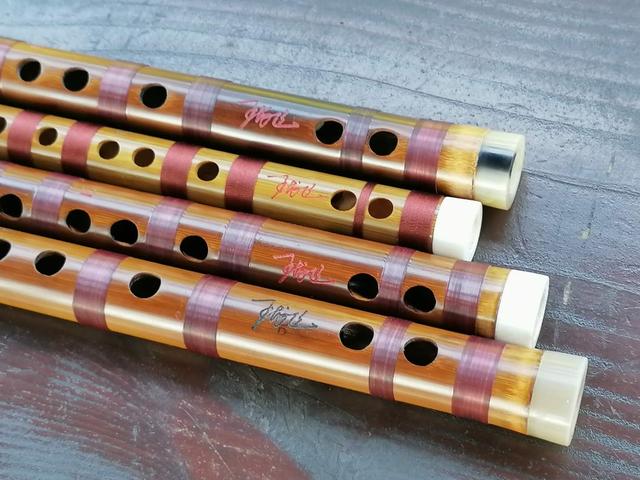How to tune the flute
When we buy a flute, after a period of practice, we suddenly find that the flute itself is inaccurate, what should we do? How should I debug? (Suggestion: Use Article 3 with caution for beginners)

1. The principle of flute pitch
The pitch of the flute has a great relationship with the size of the sound hole of the flute body, the length of the flute body, and the thickness of the inner chamber. If the flute body is thin and the sound hole is small and close to the blowing hole, the sound will be high; if the flute body is thick and the sound hole is large and the sound hole is far away from the blowing hole, the sound will be low.
2. The overall pitch of the flute
In fact, most handmade flutes have more or less small intonation problems. This kind of intonation problem is brought out when the flute is made. This situation can be divided into two types: one is to make it low , the other is high.
Anyone who has studied the flute knows that the flute has a whole piece and two sections. Generally, in order to adjust the pitch of the two-section flute to suit various situations, the flute maker will make the flute a little higher intentionally, so that the player can also adjust the pitch by himself. For a two-section flute, the pitch can be fine-tuned by pulling out or retracting the movable casing. Pull out a little bit higher, and indent a bit lower. (The two-section flute was originally invented to facilitate the tuning of the band ensemble)
If it is a whole flute, adjust it by moving the flute plug appropriately. The closer the flute plug is to the mouthpiece, the higher the pitch. (It is recommended to use it with caution because adjusting the flute plug requires certain skills.) However, generally a whole flute is suitable for solo performance, and it is basically impossible to hear a higher or lower overall level.
3. The whole flute is accurate, but the relationship between individual intervals is not allowed
This type is also very common, such as: 12 or 34 two tones are not allowed, in this case, all grades of flutes will appear, but the probability of occurrence is a question. The solution is to make a fuss on the flute hole. It's best to ask a professional flute maker to help. It is generally not easy to tune, because the flute has already been shaped, the octave and the position of the stopper, the diameter of the inner bore, the size of the opening, and the distance of the opening are all related. These conditions are closely related and inseparable. Maybe this problem has been fixed and other problems have been fixed. coming. Therefore, only in the basic stage of production, only the makers should fully consider the bamboo material, year, wall thickness, bore diameter and other factors to make the accurate flute tires as much as possible, and then open the small holes to start tuning. At this stage, they should first Adjust the octave well. If you pass this stage, all you need to do is post-correction, which is basically difficult to achieve perfection.
 渝公网安备 50010702504639号
渝公网安备 50010702504639号